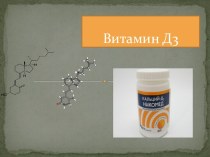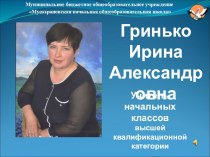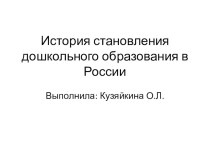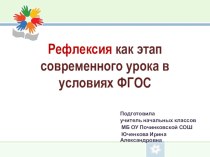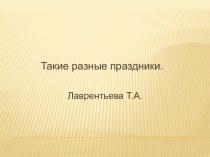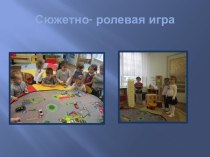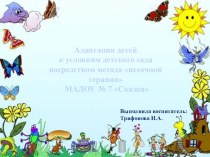- Главная
- Разное
- Бизнес и предпринимательство
- Образование
- Развлечения
- Государство
- Спорт
- Графика
- Культурология
- Еда и кулинария
- Лингвистика
- Религиоведение
- Черчение
- Физкультура
- ИЗО
- Психология
- Социология
- Английский язык
- Астрономия
- Алгебра
- Биология
- География
- Геометрия
- Детские презентации
- Информатика
- История
- Литература
- Маркетинг
- Математика
- Медицина
- Менеджмент
- Музыка
- МХК
- Немецкий язык
- ОБЖ
- Обществознание
- Окружающий мир
- Педагогика
- Русский язык
- Технология
- Физика
- Философия
- Химия
- Шаблоны, картинки для презентаций
- Экология
- Экономика
- Юриспруденция
Что такое findslide.org?
FindSlide.org - это сайт презентаций, докладов, шаблонов в формате PowerPoint.
Обратная связь
Email: Нажмите что бы посмотреть
Презентация на тему Past simple, past continuous and past perfect
Содержание
- 2. Для чого потрібно вивчати минулий час ?Минулий час потрібен для вільного спілкування англіською мовою
- 3. Як використовується час Past Simple ? Як
- 4. The Past SimpleWe use the past tense
- 5. Questions and negatives We use did to
- 6. The Past Continuous The past continuous
- 7. To show that something continued for some time:
- 8. The Past Perfect When we talk
- 9. 1. The most common use of
- 10. Time Past Perfect similar
- 11. Висновок : Завдяки цій презентація я змогла
- 12. Скачать презентацию
- 13. Похожие презентации
Для чого потрібно вивчати минулий час ?Минулий час потрібен для вільного спілкування англіською мовою










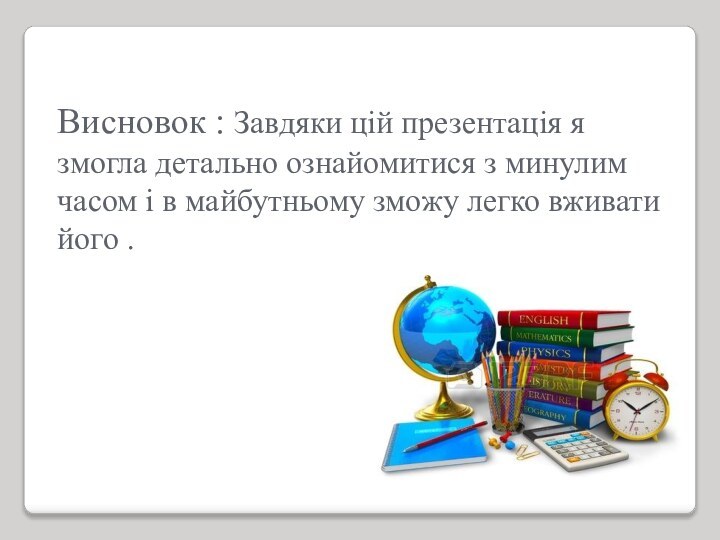

Слайд 2
Для чого потрібно вивчати минулий час ?
Минулий час
потрібен для вільного спілкування англіською мовою
Слайд 3
Як використовується час Past Simple ?
Як використовується
час Past continuous ?
Як використовується час Past Perfect
? У чому різниця між Past Simple та past Continuous ?
Особливості використання Past Perfect ?
Слайд 4
The Past Simple
We use the past tense to
talk about:
1. Something that happened once in the past:
I met my wife in 1983.
We went to Spain for our holidays.
They got home very late last night.2. Something that happened again and again in the past:
When I was a boy I walked a mile to school every day. We swam a lot while we were on holiday. They always enjoyed visiting their friends.
3.Something that was true for some time in the past:
I lived abroad for ten years. He enjoyed being a student. She played a lot of tennis when she was younger.
4.We often use phrases with ago with the past tense:
I met my wife a long time ago.
Слайд 5
Questions and negatives
We use did to make
questions with the past tense:
When did you
meet your wife?
Where did you go for your holidays?
Did she play tennis when she was younger?
Did you live abroad?But look at these questions:
Who discovered penicillin? Who wrote Don Quixote?
For more on these questions see question forms
We use didn’t (did not) to make negatives with the past tense:
They didn’t go to Spain this year. We didn’t get home until very late last night. I didn’t see you yesterday.
Слайд 6
The Past Continuous
The past continuous is
formed from the past tense of be with the
- ing form
of the verb:We use the past continuous to talk about the past:
for something which continued before and after another action:
The children were doing their homework when I got home.
Compare:
I got home. The children did their homework. The children did their homework when I got home.
As I was watching television the telephone rang.
This use of the past continuous is very common at the beginning of a story:
The other day I was waiting for a bus when … Last week as I was driving to work …
for something that happened before and after a particular time:
It was eight o’clock. I was writing a letter.
Слайд 7
To show that something continued for some time:
My head was aching.
Everyone was shouting.
For something
that was happening again and again:I was practising every day, three times a day. They were meeting secretly after school. They were always quarrelling.
With verbs which show change or growth:
The children were growing up quickly. Her English was improving.
Слайд 8
The Past Perfect
When we talk about
something that happened in the past we sometimes want
to refer back to something that happened before that time. We can use the past perfect tense (had + past participle) to do this.John left the house at 7:30 yesterday morning.
Mary rang John’s doorbell at 8:15 yesterday but John had already left the house.
We use the past perfect (had left) because the action happened before another action in the past (Mary rang the doorbell.) Look at some more examples of the past perfect.
When Mrs Brown opened the washing machine she realised she had washed the cat.
I got a letter from Jim last week. We’d been at school together but we’d lost touch with each other.
The past perfect is used because they were at school before he received the letter. It refers to an earlier past. James had cooked breakfast when we got up.
Слайд 9 1. The most common use of the past
continuous tense is to talk about something that was happening
around a particular time in the past.What were you doing at 8 o’clock last night?
I was watching television.
I started watching television before 8 o’clock and I continued watching it after 8 o’clock.
In 1994 he was working in a small town in Poland.
At 6 o’clock on Saturday morning we were travelling to the airport.
2. We often use the past continuous and the past simple tense together. When this happens, the past continuous describes a longer, ‘background’ action or situation and the past simple describes the action or events.
When I woke up this morning it was raining and my father was singing in the kitchen.
I was walking home, whistling happily, when I saw two masked men run out of the bank.
Слайд 10 Time Past Perfect similar Past
Simple, indicates an action in the past. However, unlike
him, the action in the Past Perfect has been completed by the time of the beginning of another action in the past. Compare examples:Jane bought an ice-cream and then ate it. (Past Simple)
Jane ate an ice-cream that she had bought. (Past Perfect)
Michael cleaned the room when mother came home. (Past Simple) Він почав уборку тільки коли прийшла мама
Michael had cleaned the room when mother came home. (Past Perfect)
Тут він вже зробив прибирання до приходу мами.
In complex sentences, where we are talking about conditions and results, time Past Perfect is used in the part where the condition is placed.
For Example:
If he had repaired his car they would have gone to vacations.
Jane would have returned to Liverpool if she hadn’t got that job in London.

